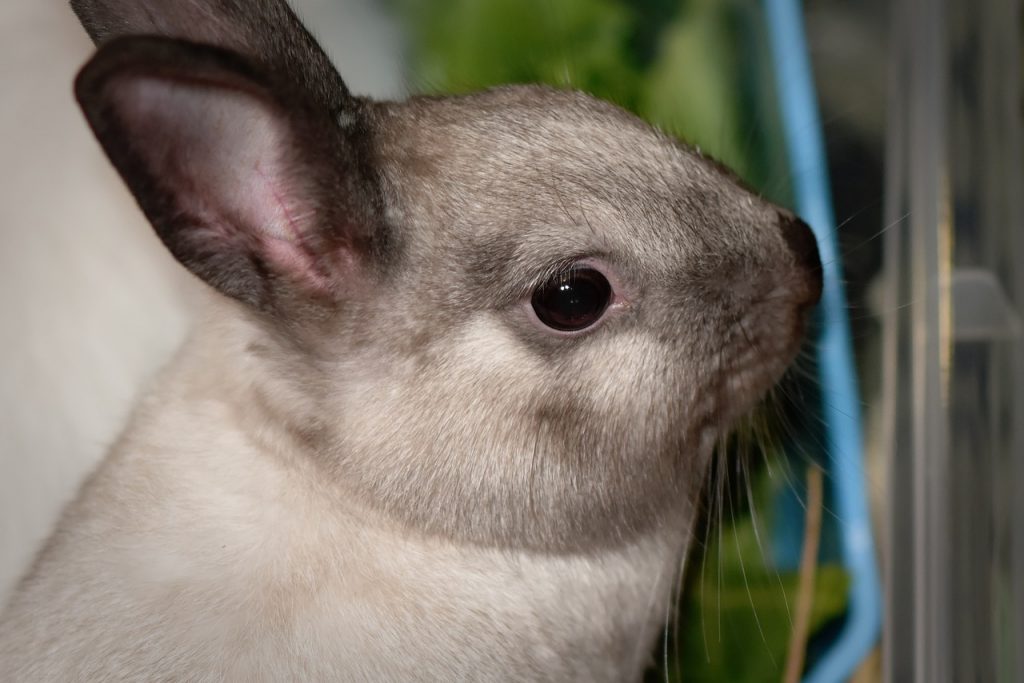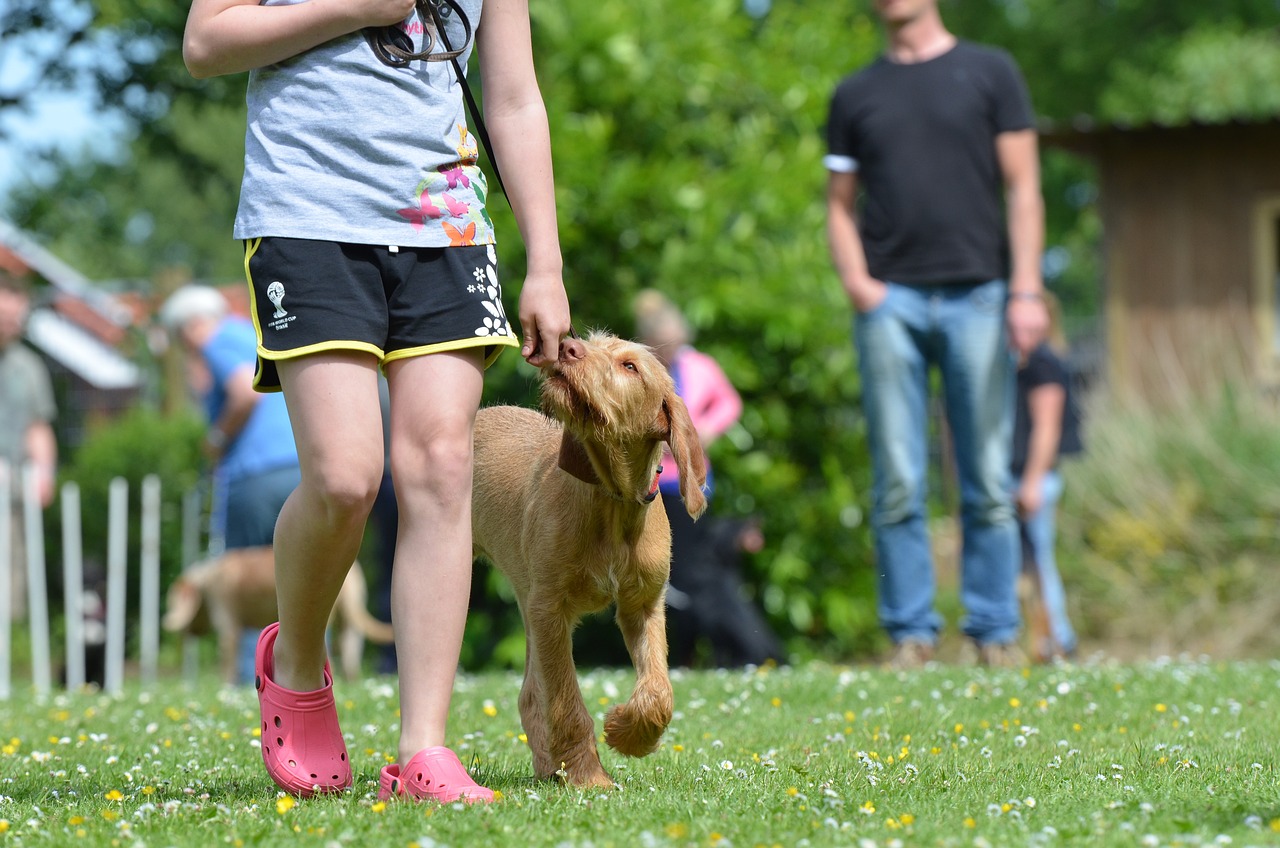Introduction
Our furry friends bring joy, companionship, and endless love into our lives. It’s our responsibility to ensure that they lead happy and healthy lives. One way to do this is by providing them with ample playtime. Playtime isn’t just about having fun; it’s a crucial aspect of your pet’s physical and mental well-being. In this article, we will explore the importance of pet playtime, the benefits it offers, and a variety of fun activities to keep your beloved pets engaged and delighted.
The Importance of Pet Playtime
Pet playtime is not just a frivolous pastime; it serves a significant purpose in your pet’s life. It helps pets release pent-up energy, reduces stress and anxiety, and strengthens the bond between you and your furry friend. Regular playtime can also prevent obesity, which is a common issue in pets, and it stimulates their minds, keeping them mentally sharp.
Benefits of Playtime for Your Furry Friend
- Physical Exercise: Playtime allows your pet to stay active and maintain a healthy weight. It’s particularly important for dogs, as it helps them avoid obesity-related health issues.
- Mental Stimulation: Engaging activities like puzzles and interactive toys challenge your pet’s mind, preventing boredom and destructive behavior.
- Stress Reduction: Playtime can alleviate anxiety in pets and provide an outlet for their energy.
- Social Bonding: Playing together strengthens your relationship, as it fosters trust and affection between you and your pet.
Choosing the Right Playtime Activities
When selecting playtime activities, consider your pet’s species, age, and individual preferences. Here are some key considerations:
Indoor vs. Outdoor Activities
- Indoor play is great for cats and small pets like rabbits, where outdoor play might not be as safe.
- Dogs often enjoy a mix of both indoor and outdoor play, depending on their size and breed.

Solo vs. Interactive Play
- Some pets enjoy playing alone with toys, while others thrive on interactive games with their owners.
- Find a balance between solo and interactive play for your pet’s happiness.
Toys for Pet Playtime
Choosing the right toys is essential to keep your pet engaged and happy.
Interactive Toys Interactive toys, like treat-dispensing puzzles, challenge your pet’s problem-solving skills.
Puzzle Toys Puzzle toys keep your pet mentally engaged, as they work to get to a hidden treat.
Chew Toys Chew toys are excellent for dental health and help relieve teething pain for puppies.
Fetch Toys For active dogs, fetch toys are a great way to combine exercise and playtime.
Creative Playtime Ideas
Incorporate these creative ideas to make playtime more exciting for your pet.
Hide and Seek Engage your pet’s hunting instincts by hiding treats or toys around the house for them to find.
DIY Obstacle Course Create an indoor obstacle course using household items to challenge your pet’s agility.
Treasure Hunt Hide treats or toys in different spots for your pet to discover during their playtime.
Laser Pointers Cats, in particular, love chasing the elusive red dot created by a laser pointer.
Safety Considerations
Ensure playtime is safe by removing any potential hazards from the play area and using age-appropriate toys.
Establishing a Playtime Routine
Consistency is key to maintaining a happy pet. Create a daily or weekly playtime routine that fits your pet’s needs and your schedule.
Pet Playtime for Different Species
Different species have varying playtime requirements.
Dogs Dogs thrive on social interaction, so interactive playtime with you is ideal. Outdoor activities like fetching, frisbee, and dog parks can be great options.
Cats Cats love stalking, pouncing, and batting at objects. Toys like feather wands, laser pointers, and interactive cat trees are perfect for them.
Small Pets (e.g., rabbits, hamsters) Provide tunnels, mazes, and opportunities for exploration to keep small pets happy.
Pet Playtime as a Training Tool
Playtime can also be a tool for training your pet. Use play as a reward for good behavior and as an opportunity to reinforce commands.

Measuring the Success of Playtime
Observe your pet’s behavior, energy levels, and overall well-being. Happy and well-exercised pets are a testament to successful playtime.
Playtime and Pet Health
Regular playtime contributes to your pet’s overall health and happiness. It’s an investment in their physical and mental well-being, and it’s a demonstration of your love and commitment.
Conclusion
Pet playtime is more than just a fun pastime; it’s a vital component of your pet’s health and happiness. By choosing the right activities, toys, and routines, you can ensure that your furry friend lives a fulfilling life. So, take the time to engage in playtime with your pet and cherish the precious moments you share together.
FAQs
- How much playtime does my pet need?
- The amount of playtime varies by species and individual needs. On average, dogs benefit from 30-60 minutes of play a day, while cats and small pets may need 15-30 minutes.
- What are the best toys for indoor play?
- Interactive toys, puzzle toys, and laser pointers are great choices for indoor play.
- Is it safe to play fetch with my dog in the park?
- Playing fetch in a designated dog park is safe as long as your dog is well-trained and the area is secure. Always obey park rules and leash regulations.
- Can playtime help with pet behavioral issues?
- Yes, playtime can help reduce behavioral issues by providing an outlet for excess energy and mental stimulation.
- How do I introduce playtime to a new pet?
- Start slowly, assess their comfort level, and choose age-appropriate activities. Gradually increase the duration and complexity of play as they become more familiar with the routine.







